How to Grow and Care for a Tomato Plant Successfully?
Let’s get to know the best vegetables to grow indoors! This article will teach you how to grow and harvest tomatoes with ease.
Temperature
From sowing to the appearance of the first true leaf. Under normal temperature conditions, this period is 7-9 days; The seedling stage is from the first true leaf to the first inflorescence.
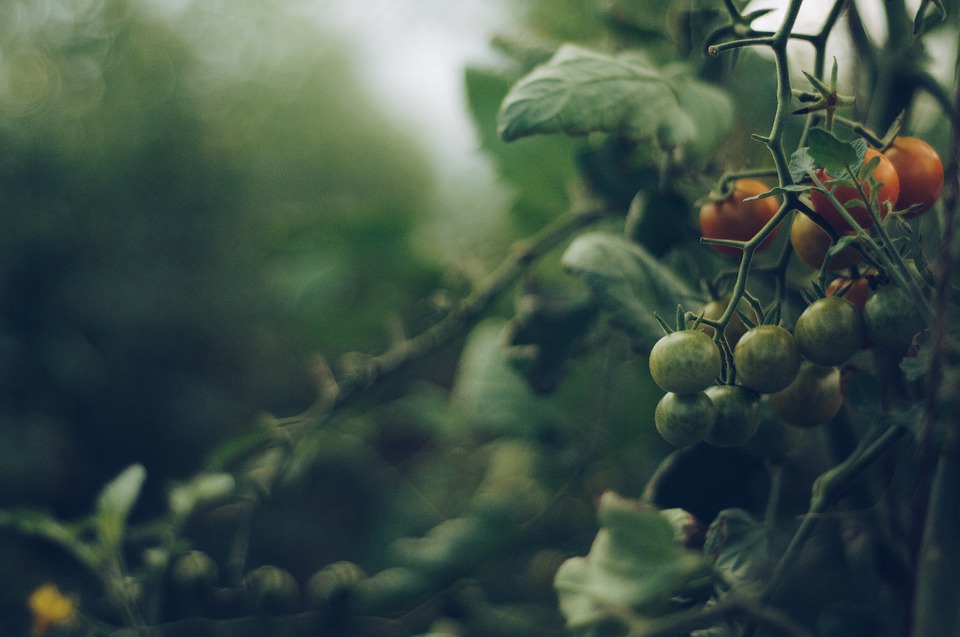
The suitable day temperature is 25-28℃ and the night temperature is 13-17℃. The soil temperature at this stage had a great influence on seedling growth, and the proper soil temperature should be kept at 22-23℃.
Primordia fruiting stage is from the first inflorescence to fruiting. This stage is the transition period from vegetative growth to reproductive growth and vegetative growth, which is directly related to the formation and yield of product organs.

Soil preparation
Tomato can withstand drought, but not waterlogging, soil requirements are not very strict, to obtain a high yield, need to choose deep soil, lose fertile, water and fertility of the soil.
The nutrient soil should be prepared in a certain proportion, and the porosity of nutrient soil should be about 60%, pH 6-7.

Contain available phosphorus more than 100 mg/kg, available potassium more than 100 mg/kg, available nitrogen 150 mg/kg, loose, keep fat, water, nutrition is complete.
Spread the prepared nutrient soil evenly on the seedbed (10 cm thick) or in the seedling tray.
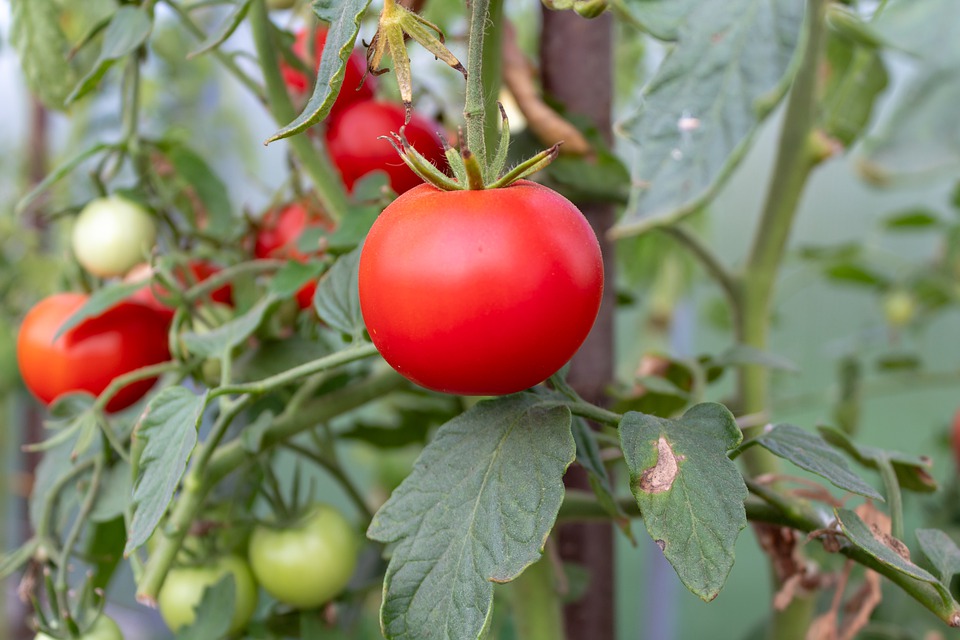
Seed Treatment
- Soak the seeds in warm soup, that is, soak the seeds in water for 1-2 hours, then remove the seeds and put them in hot water at 55 degrees Celsius, maintain the water temperature and soak them evenly for 15 minutes, then continue to soak the seeds for 3-4 hours. When the warm soup is soaked in seeds, it is generally a seed and two water; To constantly, quickly stirring, so that the seeds evenly heated, to prevent scald seeds; Three is to constantly heat the water, maintain 55 degrees Celsius water temperature. Can prevent leaf mildew, canker disease, early blight and other diseases.
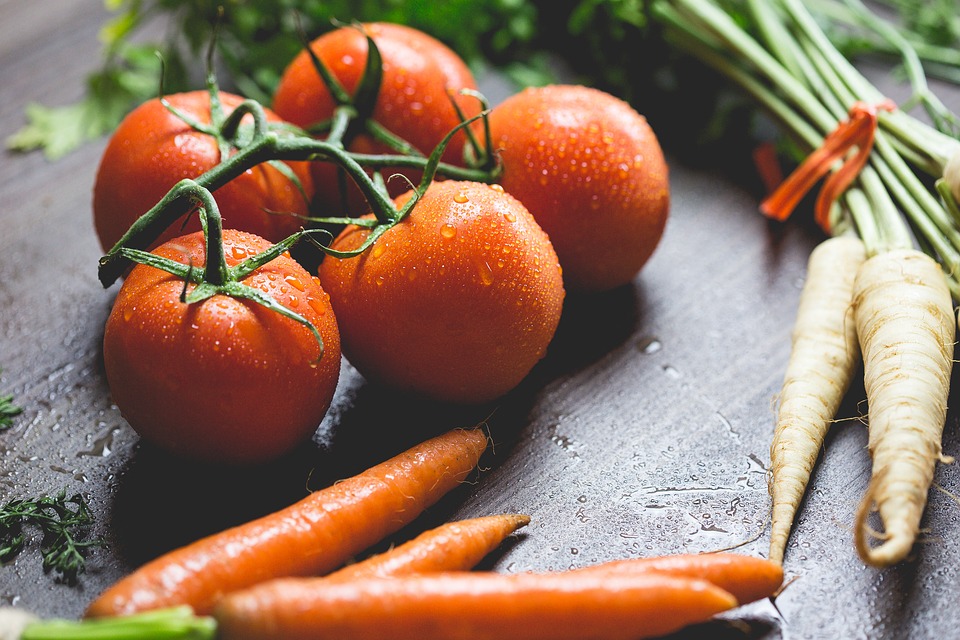
2. Soak the seeds with trisodium phosphate, that is, soak the seeds with water for 3-4 hours, remove and drain, then soak the seeds in 10% trisodium phosphate solution for 20 minutes, remove and wash. This method has an obvious effect on tomato virus disease.

3. Seeds can be planted directly after treatment, but it is best to accelerate germination seeding. To accelerate germination, usually untreated seeds need to be soaked in warm water for 6-8 hours to fully expand the seeds and then placed at 25-28 degrees Celsius for 2-3 days.
And the seed that uses medicament to soak a seed, needs to use clear water to rinse the seed clean hind can urge bud directly. In the process of germination, it is necessary to provide appropriate temperature, moisture, and air, to check and turn the seeds often, so that the seeds are in a loose state, but also need to wash with water 1-2 times a day, to renew the air and maintain humidity.
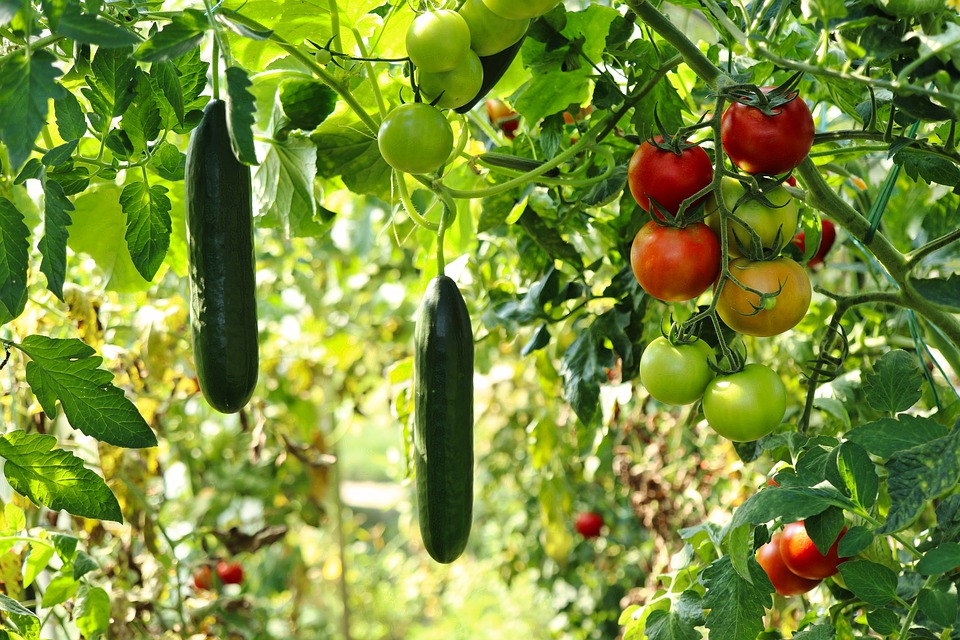
It is best to use a constant temperature box for bud acceleration. After the germination of the seeds, sowing the seedlings quickly and neatly is conducive to the cultivation of robust seedlings.
4. Slow freezing and accelerate germination: To potato tuber frozen slowly again after thawing, and juice, the tomato seeds in the soil to solidify thaw overnight, the next day, will be a no hair thick cloth dipped in juice, put the soaked seeds loosely in the above, the seeds out of touch with each other, then cover with polyethylene film to avoid dry, but need to be breathable, then put them in a warm place (heating), After the seeds germinate, they are inserted into the soil to grow and mature 2-3 weeks earlier than normal tomatoes.

Seeding Method
1. Sowing amount: generally tomato seeds contain about 300 grains per gram, according to the planting density, generally every 667 square meters of field use 20-30 grams of seed. Each square meter seedbed can be sown with 10-15 grams. If the seed germination rate is below 85%, the amount of sowing should be increased.
2. Sowing date: according to the planting season, climate conditions, cultivation methods, seedling facilities, and other factors, to determine the appropriate sowing date.

3. Sowing methods: Usually broadcast, drill and on-demand. Soil should be covered immediately after sowing, with fine sifted soil. The coating should be about 0.8-1.0 cm thick and of uniform thickness. After sowing, 8 grams of 50% carbendazim wettable powder per square meter of seedling bed was mixed with fine soil and scattered evenly on the bed surface, which could prevent seedling disease. Winter and spring seedling bed surfaces also need to cover film. In summer and autumn, the bed surface of the seedling bed should be covered with a sunshade net or straw, and the covering should be removed when 70% of seedlings are covered with soil.

Fertilization
Deep plow after fine open 80 cm wide, 16-24 cm high box, box ditch 33 cm wide, each box planted 2 lines.
When fertilizing, the reasonable proportion of nitrogen, phosphorus, and potassium is 1:1:2, 3000-5000 kg of decomposed organic fertilizer on mu, 25 kg of superphosphate, and 20 kg of potash fertilizer (or 80 kg of plant ash).
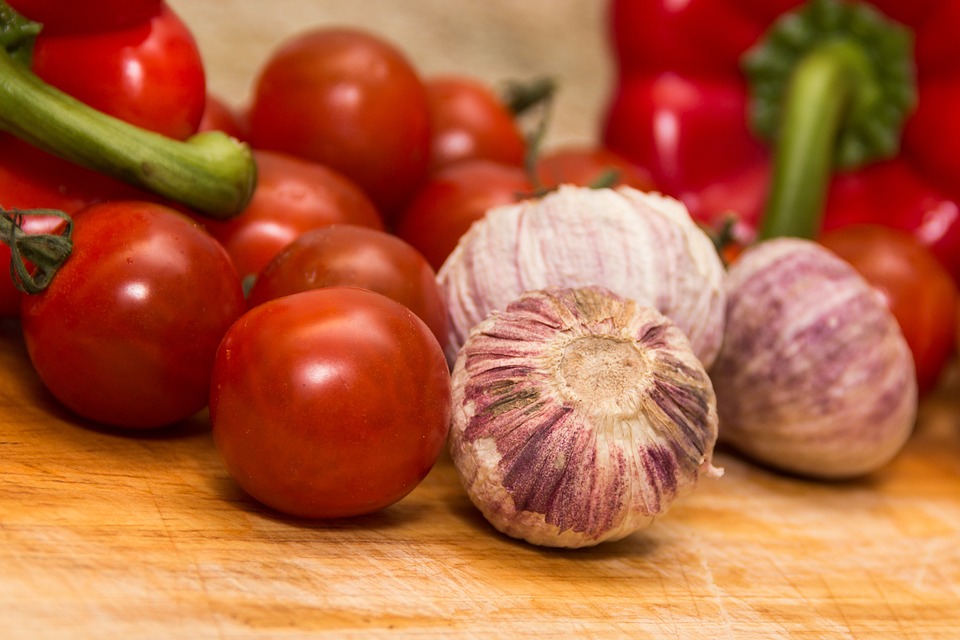
Tomato growth period-appropriate topdressing, not partial nitrogen fertilizer, should be combined with phosphorus potassium fertilizer.
In general, after planting slow seedlings, fertilizer is applied to promote the growth of stems and leaves. The second top dressing was carried out after the first ear fruit began to expand to promote fruit expansion, and the middle and late-maturing varieties also needed to carry out topdressing 3-to 4 times after the first and second ear fruit was harvested.

Foliar topdressing with 1.5% superphosphate or 0.3% potassium dihydrogen phosphate solution during fruit growth was beneficial to fruit ripening and increase yield.
After planting slow seedlings, soil moisture should be kept by medium tillage, and irrigation should be controlled during the first inflorescence to prevent flowering and fruit loss caused by excessive growth of stems and leaves.

After the first ear fruit is set, the plant needs more water and should be irrigated in time. Pay attention to drainage during the rainy season.
Engraftment
Planting at the right time and planting in a reasonable density: planting at early maturity in spring protected land should be done from late February to early March in cold and warm weather.

Film mulching cultivation in the open field was carried out on March 20 or so in cold weather and warm weather. The planting density of early-maturing varieties was 50×30 cm, about 3000 plants per acre.
About 3500 plants per acre were pruned by the single stem for mid-late maturity varieties. When using double stem pruning, about 2000 plants per acre.

Training
Pruning, reaching, and tying: after the first ear fruit is set, a “herringbone” frame is built.
There are two main pruning methods. One is to leave only the trunk and remove all the side branches (it is advisable to remove the side branches when they grow to 4-7cm), which is called single-dry pruning.

The other is to leave the side branches under the first inflorescence in addition to the trunk and remove all the other side branches, known as double stem pruning. Regardless of the pruning method, be careful to tie the vines in time.
Flowers
To prevent falling flowers and fruits, the flowers can be soaked or coated with 10-20ppm2, 4-D liquid, or sprayed with 20-30ppm tomato spirit. In the middle and late stages of plant growth, the old leaves in the lower part can be removed appropriately to reduce nutrient consumption and improve ventilation and light transmission.

Unlimited growth varieties in 4-5 sets of fruit to timely top, improve fruit setting rate, promote fruit ripening.
Harvest
Pick fruit at the right time. Tomato ripening has green ripe, color change, mature, ripe 4 periods.
Storage preservation can be harvested in the green ripening period. Transport for sale can be picked during the coloration stage (1/3 of the fruit turns red). The fruit should be picked at maturity when more than 1/3 of the fruit turns red.
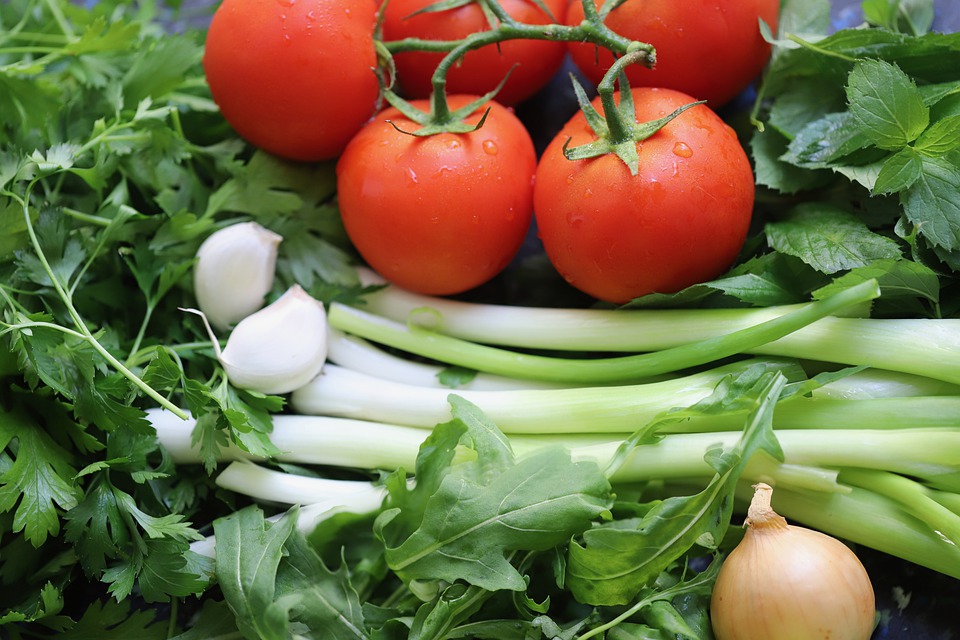
When harvesting should be picked gently, it is best not to take the pedicle when picking, to prevent the shipment of fruit hurt each other.
Before the first frost, if there are still unripe green fruits, they should be collected and stored in the greenhouse, and then marketed after the fruits become ripe, which not only extends the supply period but also increases economic benefits.

The fruit ripening stage should not use the hormone to stimulate fruit coloring, after the selection of box sales, its benefits lie in both reducing production costs, improving the quality of fruit, and ensuring the safety of consumers.
Continuous Core Picking Technique of Tomato
When the second inflorescence of the trunk flowers, leave 2~3 leaves on it to pick the heart.

The trunk is called the first fruiting branch. Reserve the first lateral branch under the first inflorescence of the first fruiting branch as the second fruiting branch.
2~3 leaves are left on the second fruit-bearing branch for heart picking after the second inflorescence blooms, and then the first lateral branch on the second fruit-bearing branch under the first inflorescence is left as the third fruit-bearing branch, and so on.
Each tomato plant can leave 4 to 5 fruit branches or more.







